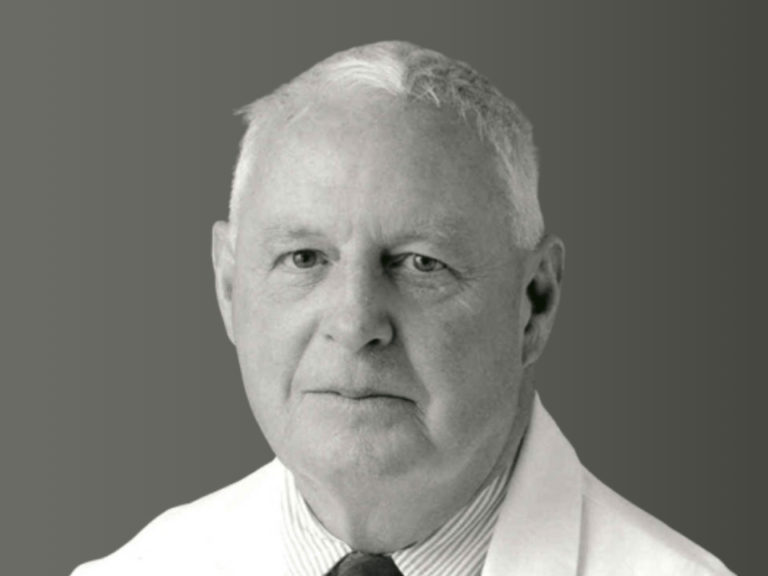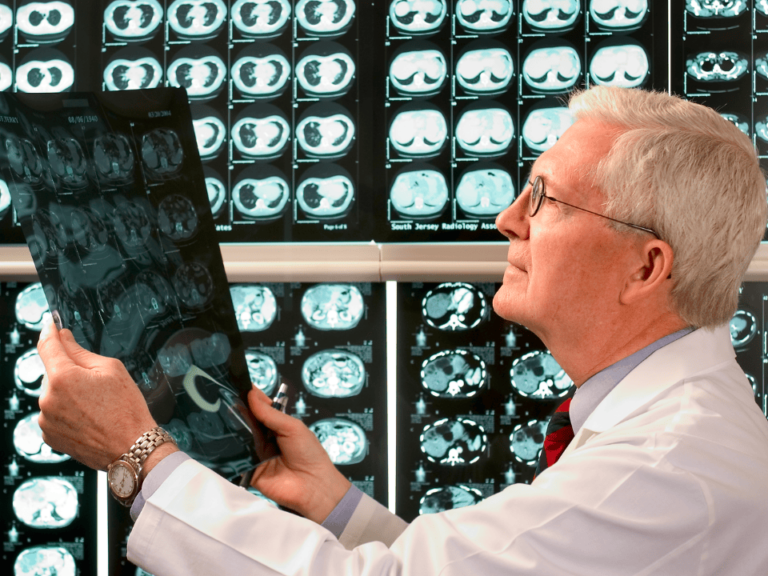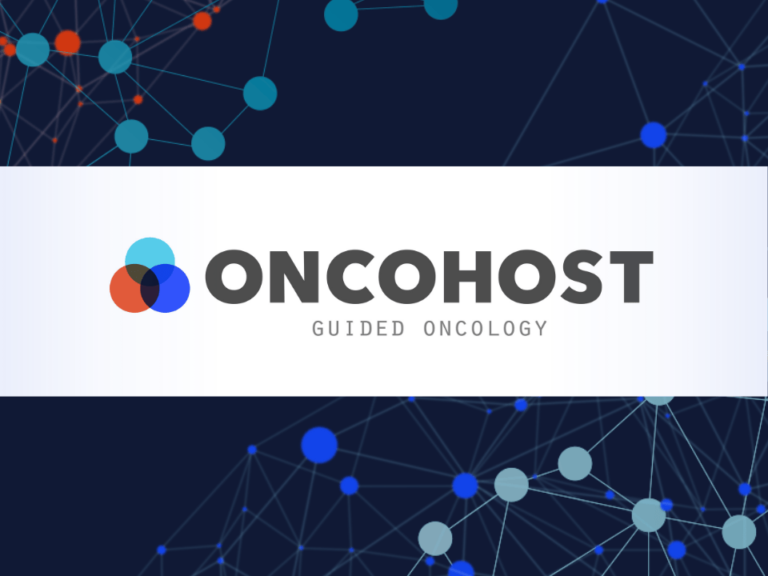A study published in Cancer Causes & Control demonstrates that four in 10 cancer deaths are attributable to cigarette smoking in parts of the South region and Appalachia.
For the study, Farhad Islami and colleagues at the American Cancer Society examined the proportion of cancer deaths from 2013 to 2017 attributed to cigarette smoking in 152 metropolitan and micropolitan statistical areas (MMSAs).
Data show the proportion of cancer deaths attributable to cigarette smoking was greater in men than in women in all evaluated MMSAs. In both sexes combined, the proportion of smoking-related cancer deaths ranged from 8.8% in Logan (Utah-Idaho) to 35.7% in Lexington-Fayette (Kentucky).
Despite this wide variation, at least 20% of all cancer deaths were attributable to cigarette smoking in 147 out of 152 evaluated MMSAs. Most MMSAs with the highest proportions were in the South region and Appalachia.
“This information is important to inform and help evaluate state and local-level tobacco control policies such as state, city- or county-level tobacco taxes and smoke-free air laws, investments in tobacco prevention and increasing access to smoking cessation resources,” Islami said in a statement.
Data also indicate the variations in total cigarette tax rates and other tobacco control initiatives are likely to have contributed to variations in smoking-related cancer deaths within the same regions. For example, the high total excise tax in New York City ($1.50 per pack in addition to the New York state tax of $4.35 per pack) may have contributed to the lower proportion of smoking-related cancer deaths in New York-Jersey City-White Plains metropolitan division compared to other evaluated MMSAs in New York state and the Northeast region.
“Broad and equitable implementation and enforcement of proven tobacco control intervention at all government levels could avert many cancer deaths across the United States,” the authors conclude.











